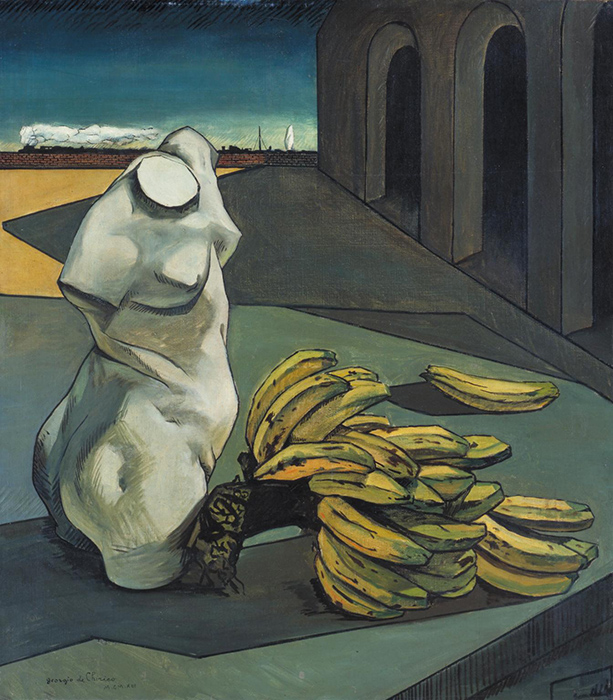In English, we are practicing for the Unfamiliar Text exam. in the unfamiliar text exam you are given 3 pieces of text you have never seen and are asked questions on them. This is one of the examples we have been given to practice on.
Sad Joke on a Marae
Apirana Taylor
Tihei Mauriora I called
Kupe Paikea Te Kooti
Rewi and Te Rauparaha.
I saw them
grim death and wooden ghosts
carved on the meeting house wall.
In the only Māori I knew
I called
Tihei Mauriora.
Above me the tekoteko raged.
He ripped his tongue from his mouth
and threw it at my feet.
Then I spoke,
My name is Tū the freezing worker.
Ngāti D. B. is my tribe.
The pub is my Marae.
My fist is my taiaha.
Jail is my home.
Tihei Mauriora I cried.
They understood
the tekoteko and the ghosts
though I said nothing but
Tihei Mauriora
for that’s all I knew.
- What senses does the poet mainly appeal to? The poem mainly appeals to the sense of sight and hearing. It gives the readers/listeners an image of a Maori standing in front of a Marae and shouting at the tekoteko and his ancestors
- Which images are most powerful or striking? the tekoteko throwing his tongue at Tu. This is because it sought of like the tekoteko is giving Tu the ability to speak Maori.
- Which sounds are particularly memorable? The calling of Tihei Mauriora
- Which words do you find most striking / vivid / disturbing / moving? propbaly when the tekoteko throws their tongue at Tu
- What are your first impressions of the speaker of the poem (if there is one)? He is a stereotypical Maori, being drunk. I also see him as almost a small man, trying to keep his belief going, but doesn't know how, but is trying his best
- Why do you think Māori language is used in this poem? to show that Tu knows more Maori than he thinks he does
- Is this a rhyming poem, or a free verse poem? Why do you think that is? it is a free verse poem. Free verse poems are easier to write if you don't know the language as well, so it shows Tu's lack of knowledge
- Who are: "Kupe Paikea Te KootiRewi and Te Rauparaha”? they are important Maori historical figures
- In the third stanza, the poem uses a pepeha style. What is a pepeha, and why would it be important in this poem? A pepeha is a Mihi which is basically a Maori all about me and it tells us that he knows more than he thinks he knows.
- Find examples of the following techniques and explain why they have been included:
- metaphor - My fist is my taiaha. It tells us he is a fighter and strong
- personification - The tekoteko ragged. It shows us that the ancestors are mad at Tu for losing his heritage.
- strong verbs - The teketeko ragged. It shows just how mad the tekoteko is.
- first-person pronoun
- repetition










